10 ingenious ways Japanese people solve everyday problems
Categories: Asia | Culture | People | Production | Society | Technology | World
By Vika https://pictolic.com/article/10-ingenious-ways-japanese-people-solve-everyday-problems.htmlEach country has developed in its own way, but it seems that some countries are already living in the future. Japan can be considered a good example of how people rethink and improve familiar things, making them more convenient and practical. At the same time, along with technical progress, a special attitude towards nature is maintained, and simple things that make people happy are valued there. This certainly affects their quality of life.
We became interested in some of the ideas, solutions, and habits of the Japanese. You can also take some of them.
10 PHOTOS
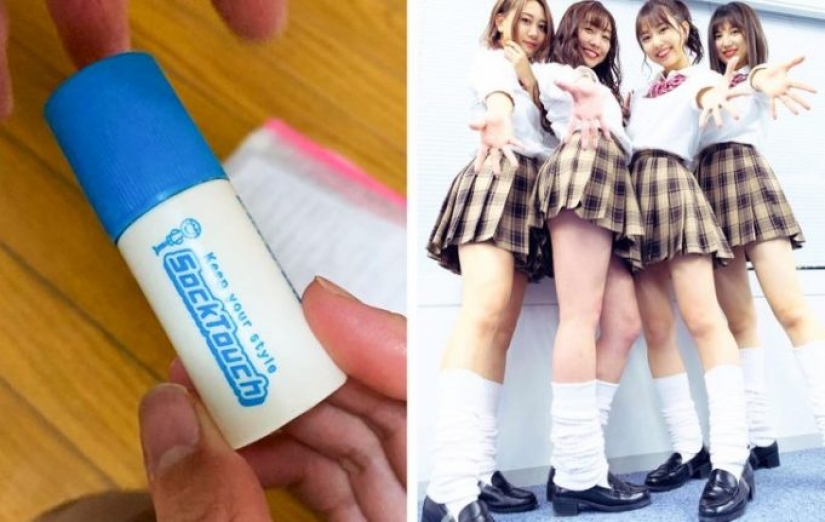
1. The socks are attached to the feet with glue.
Long socks are an essential part of school uniforms, so girls always have sock glue in their toiletry bags. This glue is applied to the skin of the feet, and then the top of the sock is attached to it. Many moms also choose this glue when dressing their babies to avoid using elastic socks, which tend to squeeze the skin.
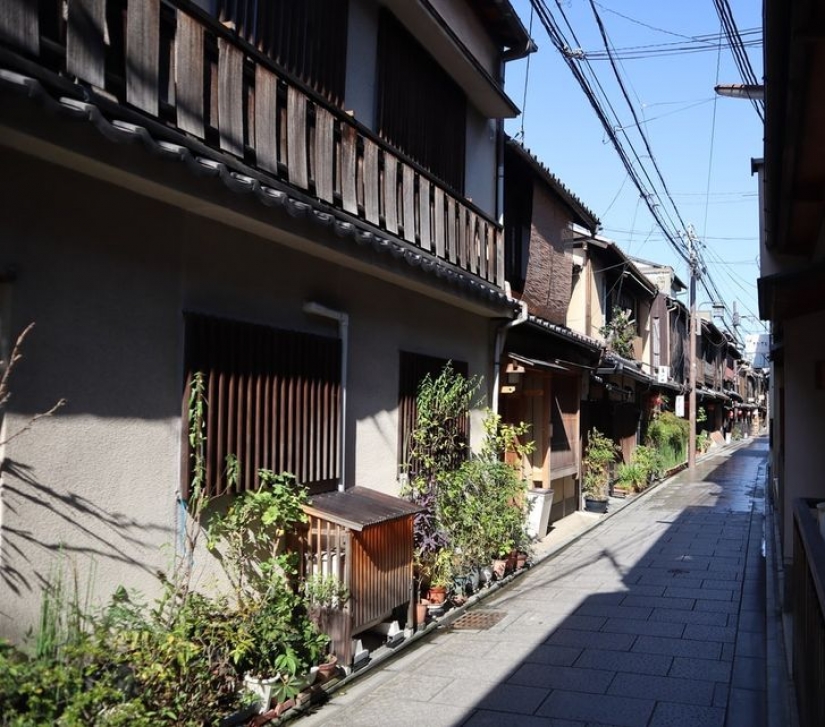
2. The streets are decorated with potted plants.
Large Japanese cities may remind you of a specific jungle, of course, where there are parks, but there are practically no open areas or alleys with trees and flowers. Even the ability to have your own little garden at the entrance to your building is a luxury that many people cannot afford because the buildings are so close to each other. This is why locals plant potted plants on sidewalks and near entrances when it's warm outside, creating tiny green oases.
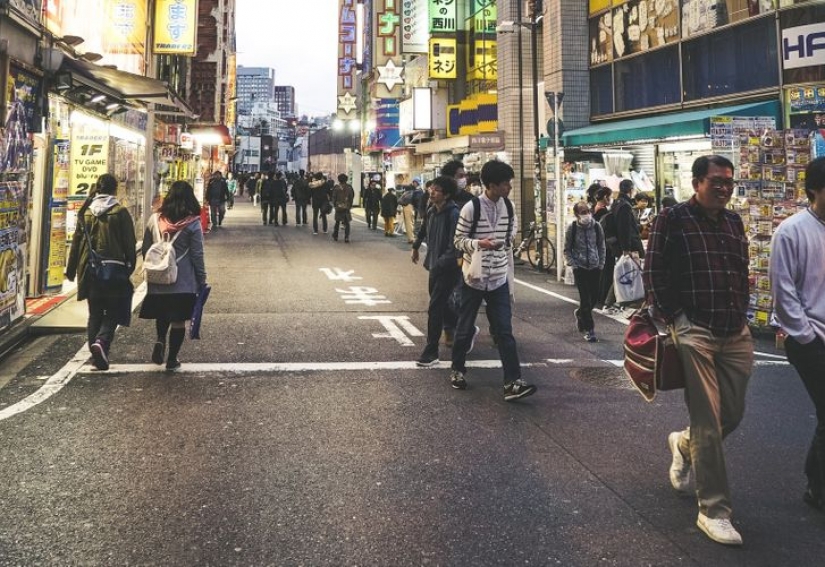
3. People carry their trash with them.
There are not many trash cans in Japan, and waste is sorted by separating the plastic from the cardboard, even if it is part of the same package. This is why many people carry a bag where they just put their trash during the day. This is one of the factors that help to keep the streets clean.

4. They choose really eco-friendly cookware.
While the rest of the world is gradually replacing plastic crockery with wood, Moso bamboo crockery is very popular in Japan. This type of bamboo grows very quickly and is easy to handle and use while controlling its distribution can be beneficial for the Japanese ecosystem.
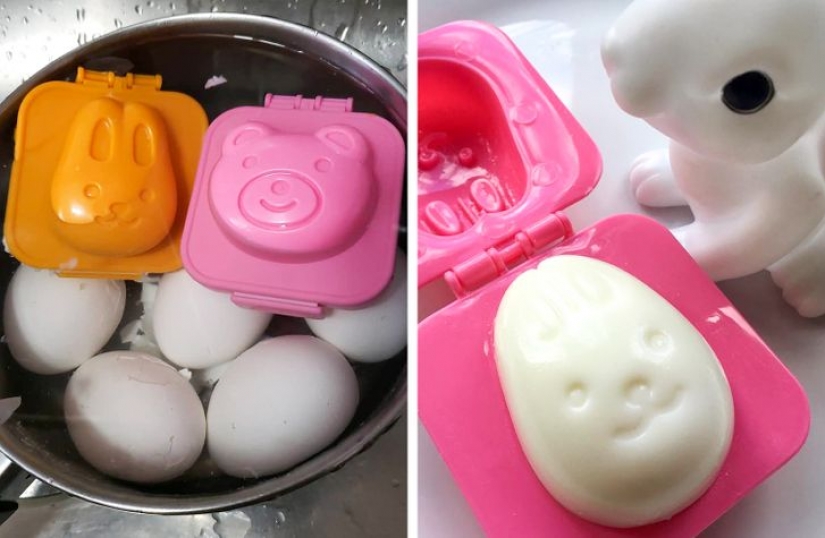
5. People make boiled eggs of various shapes to stimulate appetite.
In Japan, people pay a lot of attention to how they serve food, so various gadgets and unexpected tricks are used. For example, a regular boiled egg is peeled and then placed in a mold that closes on both sides. After 10 minutes, the egg turns into a rabbit, fish, heart, or car, and breakfast looks more delicious.
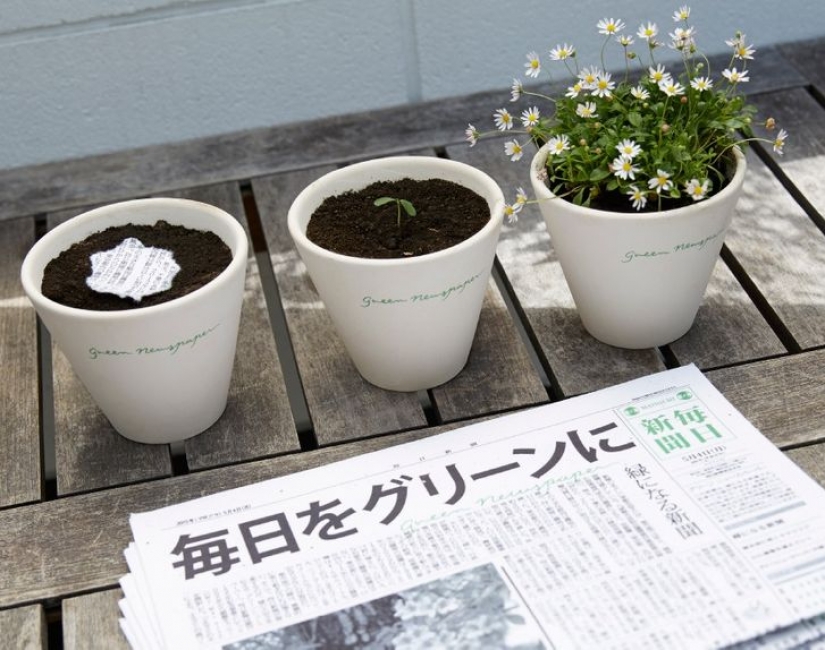
6. After reading the newspaper, you can plant it.
A few years ago, Japan's largest publisher decided to print its newspaper on seed paper. After reading it, a person can plant it in the ground and grow flowers from it.

6. After reading the newspaper, you can plant it.
The manufacturer claims that thanks to a special cartridge attached to the hairdryer, the air stream is saturated with collagen nanoparticles. They improve the condition of the skin and seal the hair cuticle while maintaining natural moisture.
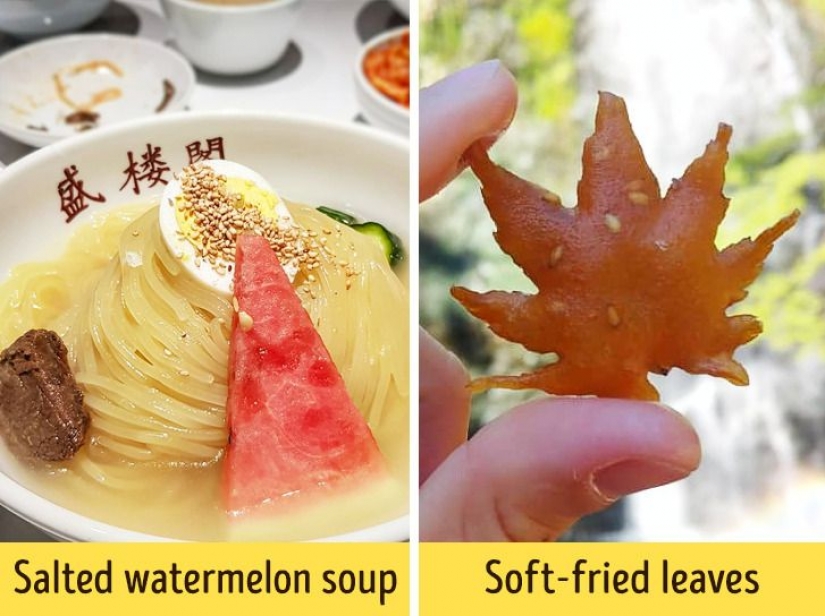
7. The Japanese adhere to a seasonal diet and are not afraid of unusual food combinations.
Here, people know when the seasons for certain foods are coming and they eat that food in different variations. For example, watermelon can be served with salt or added to cold and hot ramen. Food cannot be thrown away, so anything that has not been eaten fresh will be pickled, preserved, or dried for later consumption.

8. Attached to the brush is a disposable cloth soaked in an antibacterial detergent. After cleaning, simply press a button on the brush to unfasten the napkin and flush it down the toilet.
Attached to the brush is a disposable cloth soaked in an antibacterial detergent. After cleaning, simply press a button on the brush to unfasten the napkin and flush it down the toilet.
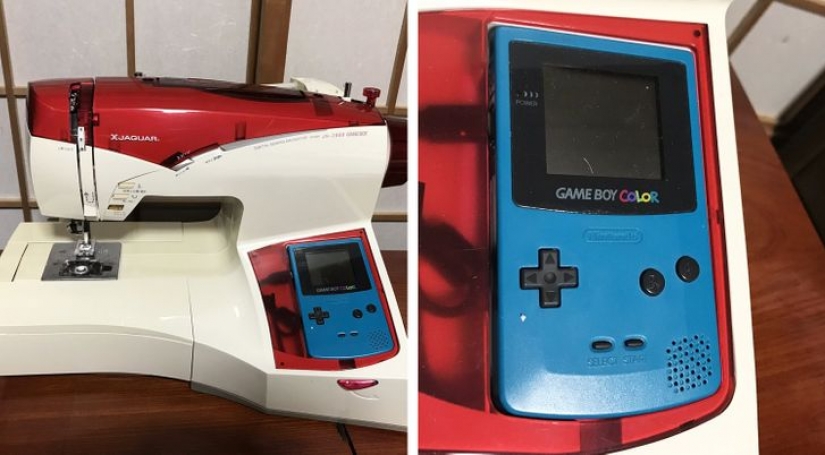
9. Some things are set into others.
Responsive design is very much appreciated here. For example, at the end of the last century, when the Nintendo Game Boy Color was one of the most popular toys for children, sewing machines received a built-in attachment.

10. People are willing to pay almost $ 30 and wait 17 years to get this beef croquet. Because they respect the chef.
There are certain dishes in Japan that are popular because they are prepared by a specific person according to a special recipe. It may be a small-town chef, but if their interpretation of the dishes has been found to be the best, people are ready to wait to taste this culinary masterpiece. A prime example is beef croquet, in which people have to wait in line for 17 years.
Keywords: Technology | Asia | Country | Travel | Japan | Technical progress | Quality | Life | Lifestyle | Society | Inventions | Production
Post News ArticleRecent articles

Soon the New year, which means it's time to review Christmas movies, buying gifts, planning the celebration and decorate their ...

An old tradition to eat alcohol, kebabs, sausages and other meat products obviously there for a reason. Our ancestors, having a ...
Related articles

The Himalayas. Tibet. Something cosmic and ethereal sounds in the names. They attract visitors from all over the world. In front of ...

The invention of flying machines that allow people to travel into the Earth's atmosphere is a list of the greatest innovations of ...

The Indochina Peninsula, located in southeast Asia, is a favorite place for tourists all over the world. Myanmar, Thailand, Laos, ...

Artists perpetuate the images of his muses in paintings, sculptures and other works. Them they draw inspiration for creativity. ...